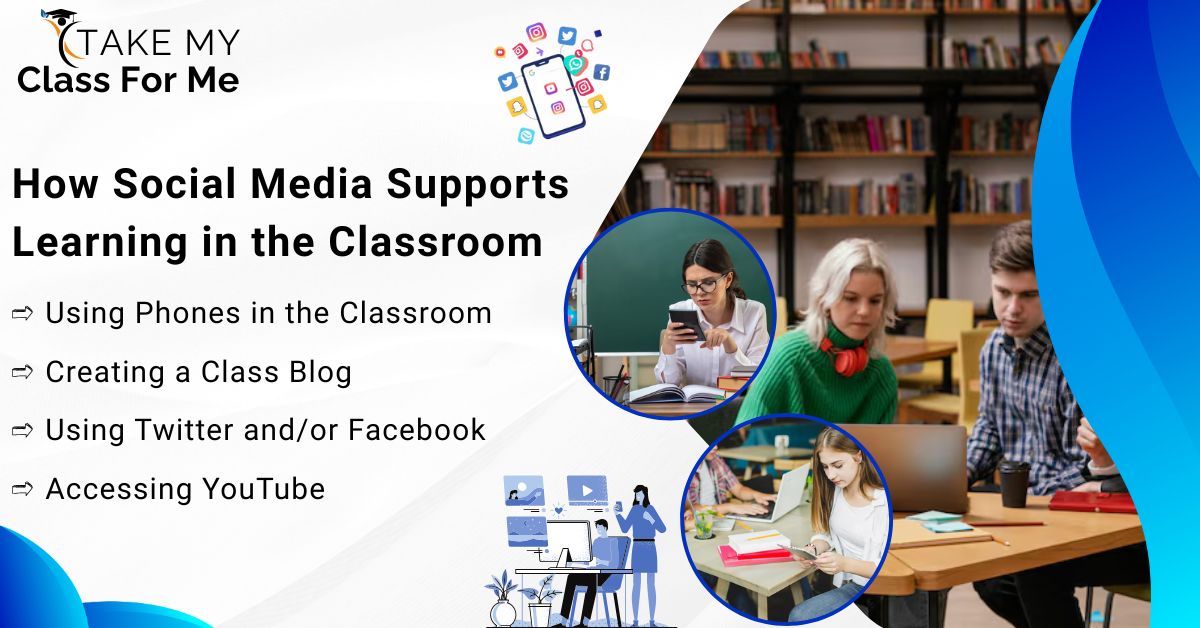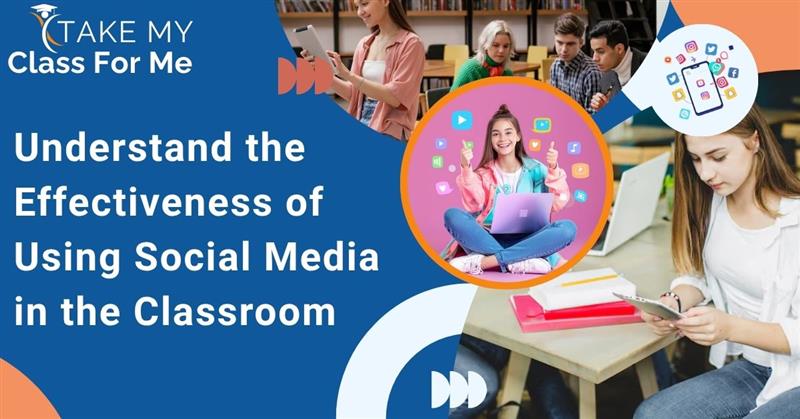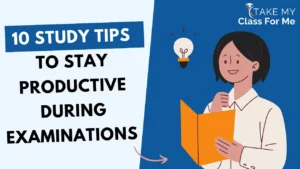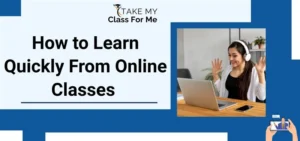Social media enhances classroom learning by boosting student engagement, encouraging collaboration, and improving digital literacy. It supports creative expression, real-time communication, and access to current information. This, in turn, makes learning more interactive and relevant to today’s tech-driven world.
Students today are highly active on social media platforms like Twitter, Instagram, and Snapchat, and many parents are too. However, research shows that most teachers are hesitant to use social media in the classroom. This is because they see social media as a distraction rather than a learning tool. Also, they think students may not fully understand how to use it in the right way. But when used correctly, social media can support learning and engagement. So, in this blog, to help teachers, we have shared how social media can be used effectively in the classroom. If you are a teacher, continue reading and get valuable insights.
Impact of Social Media in the Classroom
Social media has both good and bad effects on students. While it has many benefits, it can also harm their physical and mental health. On the positive side, it allows students to be creative, learn new things, and connect with others. Here, let us explore the positive and negative effects of using social media in the classroom.
Positive Impact
- Building a social network is very important, especially during times of social isolation, as it can improve mental health and overall well-being.
- Social media allows students to connect with others who share similar interests, no matter where they are or what time it is.
- It can also be helpful for students from underrepresented groups who may struggle to find people like them in their everyday lives.
- Using social media in the classroom can also give students access to mental health and well-being resources. These resources might be hard to get in person without the fear of being judged.
Negative Impact
- It is easy to say I will just check social media for a moment, but you will end up scrolling for hours.
- Using phones before bed can be harmful because blue light tricks the brain into thinking it is daytime. This will mess up the sleep cycle.
- When using smartphones, we blink less, which can cause eye strain and tiredness.
- Social media platforms are linked to issues like social comparison, body image problems, Fear of Missing Out (FOMO), sleep troubles, anxiety, and stress.
Parents and teachers need to be aware of the possible negative effects of social media in the classroom. Despite the negatives, social media can offer many benefits when used carefully in schools. The internet is what makes social media possible in students’ lives and also helps them in many ways. Hereafter, students don’t have to face academic pressure alone. If they find online classes hard, they can easily get help from subject experts online. Many well-qualified and experienced tutors are ready to assist with requests like “take my online class”. All of this is possible because of internet access.
How Social Media Supports Learning in the Classroom

If you are a teacher, then you can welcome social media in the classroom and use it positively. Here, let us explore how social media can keep students interested and help them learn better.
Using Phones in the Classroom
Instead of banning phones, teachers should use them like small computers to help students learn. Phones can be great tools that keep students interested and motivated. Since many students spend a lot of time on their phones anyway, it makes sense to show them how to use smartphones for learning.
According to recent research, 95% of online users use social media, which shows how common it is. Social media has become an important part of everyday life. It helps people get information and stay connected. Using social media in the classroom brings real-world ideas into learning. This makes social media a useful tool for teaching and learning.
Creating a Class Blog
A blog is a great way to gather and share student work in one place. Students can upload projects in any form and even manage the blog themselves. This helps students take control of their learning and stay motivated to create new content.
As a teacher, you can give homework and activities to guide students, but it is also important to let them be creative as long as they follow a few simple rules. For example, if a student needs help with something like “take my online quiz,” the blog can be a space to share tips and support. Overall, using social media like blogs in the classroom can keep students engaged and improve their learning.
Using Twitter and/or Facebook
Facebook can work like a blog where students share homework and class projects in one place. It can also be used to upload posts and links related to the class blog.
Facebook and Twitter help share content that students, especially those in other classes, can comment on. Even though Twitter now allows 280 characters instead of 140, it still takes skill to write smart comments with a few words.
Accessing YouTube
YouTube offers engaging educational content for all levels and can be a fun, effective tool in the classroom. It helps students practice listening and speaking through real videos and creative activities like captioning or voiceovers.
Social media also boosts digital skills and encourages students to create their own content. A class YouTube account can help shy students build confidence in speaking. If teachers use it wisely, social media will become a valuable asset in education.
Use of Social Media in the Classroom for Effective Teaching
Social media is a big part of everyday life and is now widely used in education. It helps teachers make lessons more engaging and supports student learning in fun and flexible ways.
One way social media helps in teaching is through visuals like videos and infographics. These tools make learning easier by breaking down hard topics into smaller parts. They also make lessons more interesting, spark class discussions, and allow students to learn at their own pace. Even tools like blogs and wikis help students work together and take part in the interactive learning process.
Another way to use social media is by adding it to coursework and tests. For example, teachers can include social media in assignments, such as having students watch a video and create a summary, infographic, or presentation. If a student finds the work too hard, they might look online for “pay someone to do my class” or get help with their assignments. Many services now offer help to reduce academic stress.
Students can also answer teacher questions using social media platforms like Twitter or Instagram. These creative, tech-based tasks let students show what they have learned in different ways. All they need is a phone, tablet, laptop, or computer to take part.
Final Thoughts
Social media in the classroom can make learning easier and more enjoyable when students use it to explore topics they are already studying. Watching educational videos can improve their practical skills, while platforms like YouTube or Twitter can provide up-to-date information for research and assignments. Many social media sites also offer study resources and help students stay informed about the latest developments in their fields. For extra support, students can even hire an online class helper from our platform. The experienced tutors from our team will help students manage assessments and improve their chances of scoring an A+ grade.





